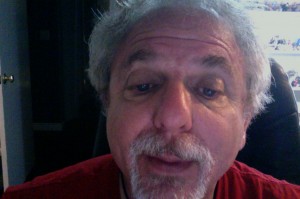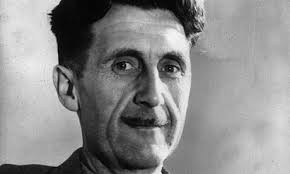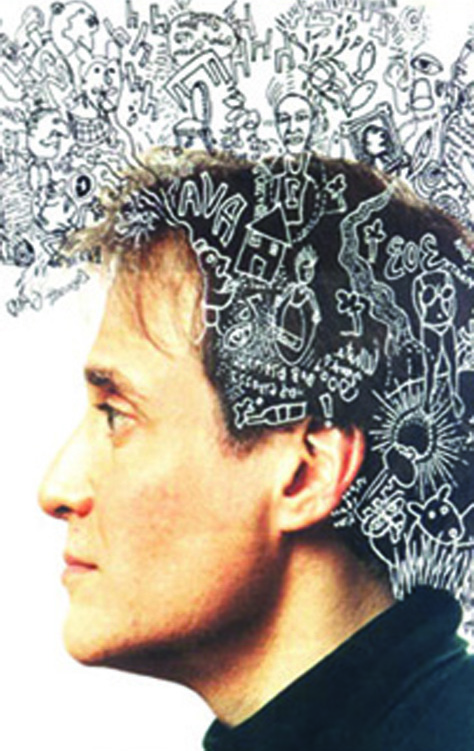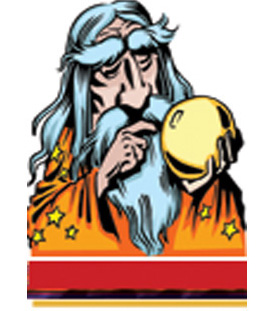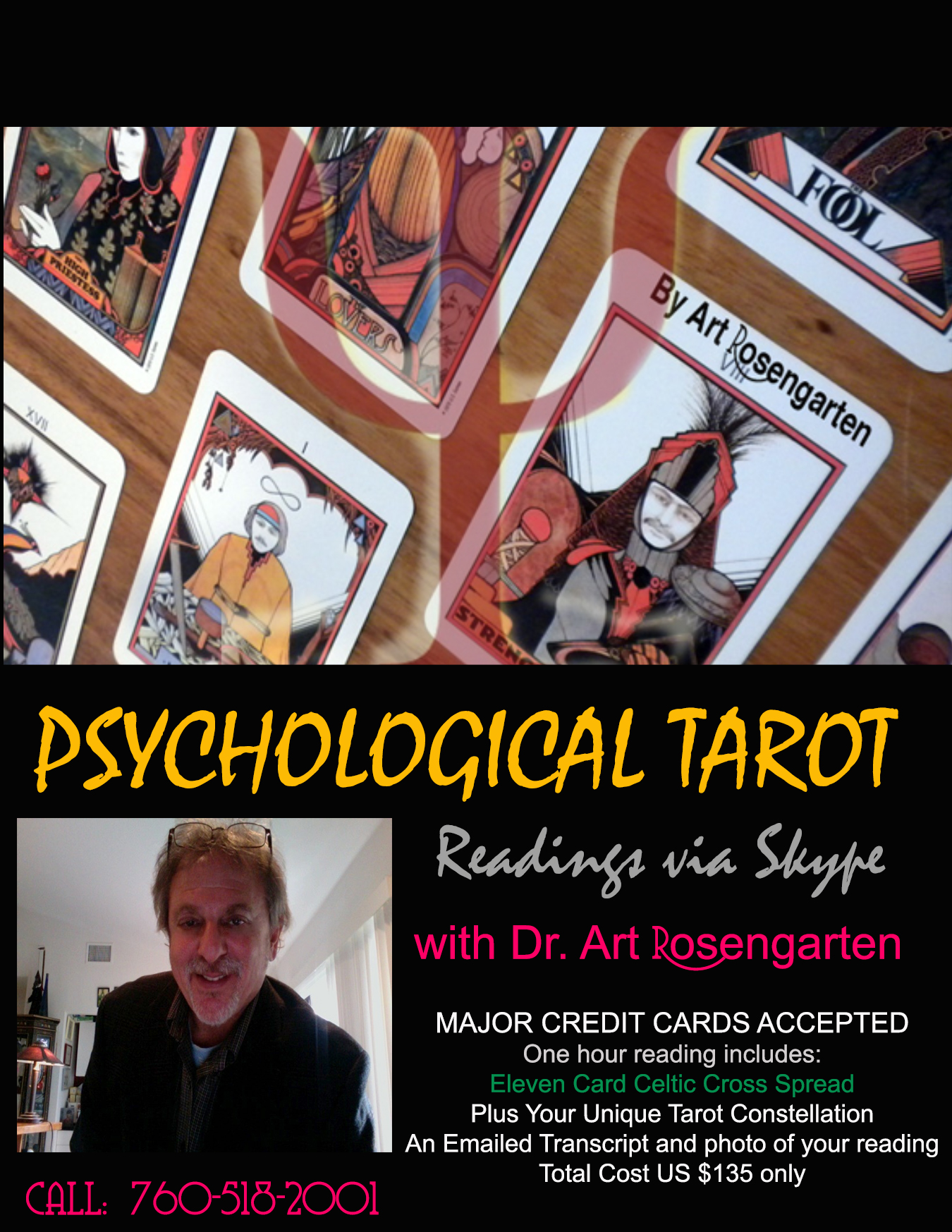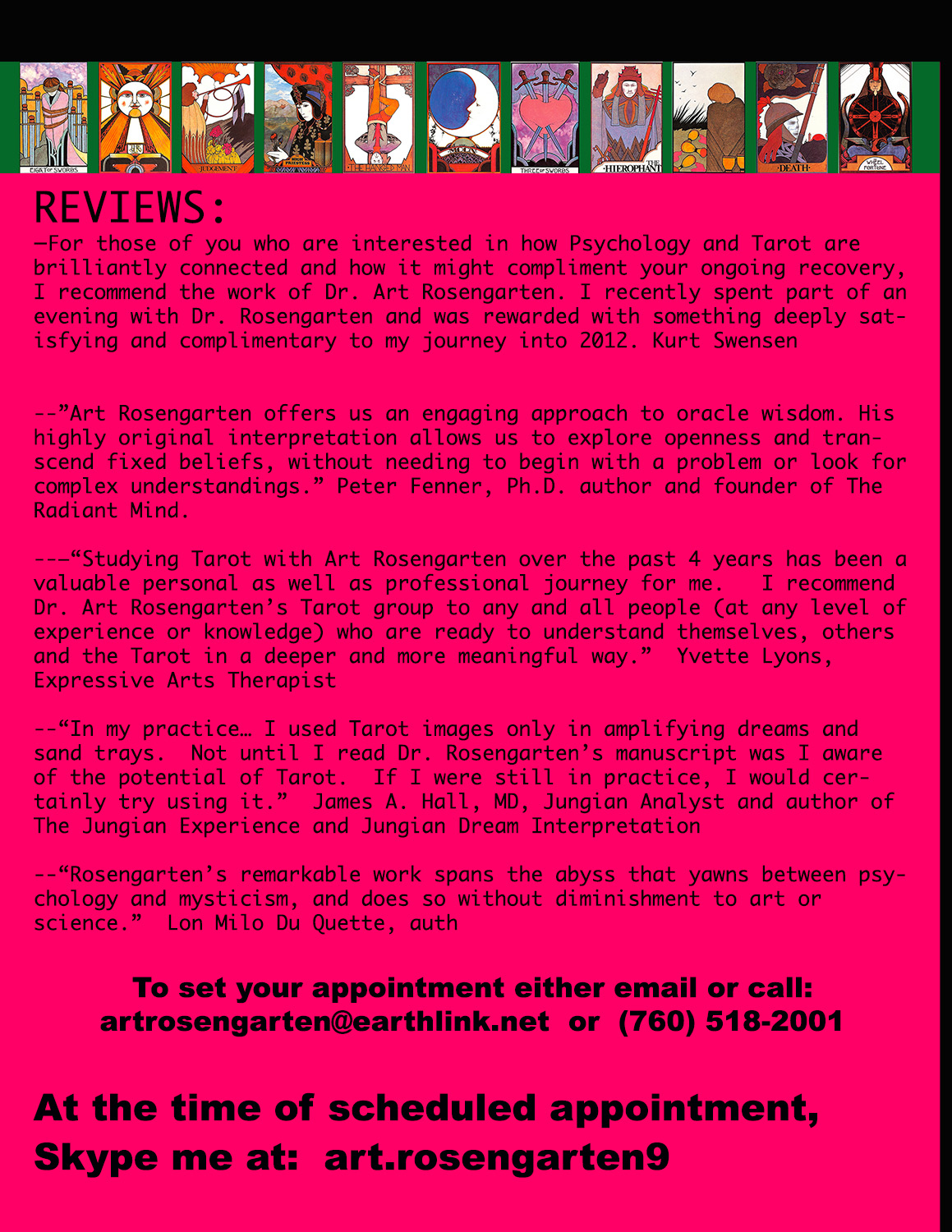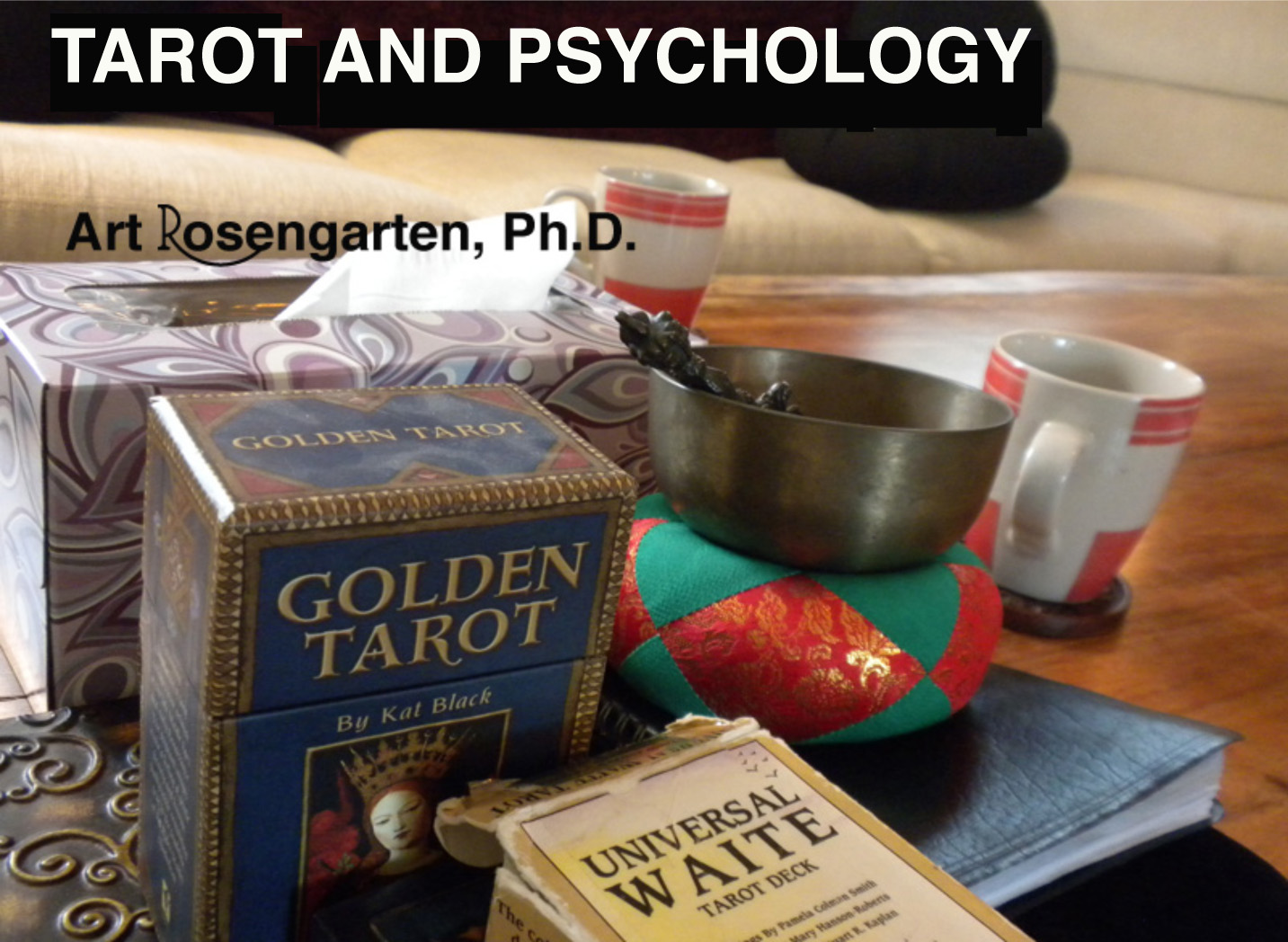Tarot, Freud and The Wise Doctor From Zurich
by Arthur Rosengarten, Ph.D., Excerpt for Tarot and Psychology: Spectrums of Possibility (2000)
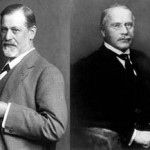
The “Right View”
It is estimated that over 400 systems of psychotherapy now occupy the bustling stalls of the robust psychotherapy marketplace [in the US]. Curiously, however, to date no single system has been proven to be significantly more effective than any other.1 While this fact will likely be challenged by individual careerists invested heavily in their own hard-fought access to “the right view”, the simple truth of therapeutic heterogeneity suggests that therapeutic value is likely found in most if not all psychological points of view. While the eclectic therapist finds this confirming and freeing, the single school advocate greets this news like narcissistic child being told by his father that he loves all his children the same. “But aren’t I more special?”
Contemporary psychology for all its impressive advances enhanced by empirical research has never been a more internally fractious lot of pretenders. Arrogantly, therapy experts seek to persuade us of the intellectual or practical superiority of their ideas and methods. The intent of their rhetoric is nearly identical to the politician’s as they must persuade by exposing the flaws of their competitors. Is this stance itself in the “best interest of the patient?” The question is asked because it remains the prime directive of our field. In today’s “healing industry” such aggression and righteousness seems tremendously suspect–wise and powerful professional egos competing for ever larger blocks of healing turf by singing the praises of their unique healing methods and the pitfalls of their adversaries. But who really is served in such displays? To my mind, the task of integration and bridge-making between multiple approaches would seem the more worthy and respectful endeavor. This is why I’ve been taken by Tarot. Its symbology is so inherently universal and its application so uniquely versatile, that in principle, all approaches may utilize it creatively in the service of their own philosophies.
As a psychological instrument introduced into psychotherapy, Tarot has an uncanny ability to reflect and predict subjective experience. While beyond the scope of this paper, I have detailed Tarot’s therapeutic assests in the following ways: (1) its essential visuality and nonverbality in the service of envisioning; (2) its economy, complexity, and condensation in the service of brevity; (3) its multidimensionality and relative simplicity in the service of “depth perception”; (4) its inherent numinosity and evocative powers that stimulate emotional arousal, and (5) its intentionality and extraordinary versatility in the service of therapeutic utility and efficacy.2 I would add to this list a sixth, namely, its cross-cultural appeal and accessibility, particularly as an “image-net” it is not burdened by language like virtually all other schools.
As a psychologist and Tarot scholar I’ve long been saddled with the intriguing possibility of blending these strange bedfellows, Psychology and Tarot, despite those incredulous brows of mystification evidenced in my esteemed colleagues. The Freudians and Post Freudians, for instance, naturally find my mission dynamically odd and tainted much as the Behaviorists and Cognitive Behaviorists see the prospect as farcical and ill-conceived. Not surprisingly, however, the Jungians and Post-Jungians, as others of a humanistic/transpersonal bent, seem generally at home with the idea. Psychology and Tarot, why not?
There is a certain historical irony along such party lines, one which I believe has very little to do with Tarot cards per se, but much to do with the modernist dismissal of anything thought to be ‘occult.’ Why should this be? It is known, for instance, that of the two psychological giants of the 20th century, it was Sigmund Freud who had firsthand experience with Tarot, not Carl Jung. As a dabbler in Kabbala, the occult dimension of esoteric Judaism believed by many to form the basis of Tarot, Freud apparently regularly experimented with Tarot cards early in his career. In fact Bakan (1958) suggests this arcane symbolic tool contributed significantly to Freud’s early formulation of the unconscious:
Participation in the B’nai B’rith in Vienna was one of the very few recreations that Freud permitted himself–among his recreations was his weekly game of taroc [sic], a popular card game based on Kaballa. It was there that he first presented his ideas on dream interpretation.3
This information however was suppressed, Bakan conjectures, due to the fierce anti-semitism that pervaded Viennese society at the time. Sigmund Freud and Tarot cards, who would think? Jung, on the other hand, the accomplished scholar and enthusiast of a great range of esoteric topics, by all indications was never adequately schooled in Tarot. In fact, throughout his voluminous writings addressing so many related systems, only one mention of Tarot is ever made, to wit in The Archetypes and the Collective Unconscious, [paragraph 81] Jung remarks:
It also seems as if the set of pictures in the Tarot cards were distantly descended from the archetypes of transformation, a view that has been confirmed for me in a very enlightening lecture by Professor Bernoulli. 4
Jung’s psychoanalytic roots and early association with Freud are, of course, well known and documented. Their saga includes an early exchange of groundbreaking ideas between 1903 and 1906 regarding controversial theories of the unconscious, their energetic correspondences during that period, their shared invitation to lecture in America in 1909 that culminated in Jung’s appointment as President of the First Psychoanalytic Congress. At this early stage in their unrivaled friendship, the Swiss psychiatrist Jung was so esteemed by the Austrian Father of Psychoanalysis as to be regarded his eldest son and future Crown Prince to the Psychoanalytic throne.
Curiously though perhaps inevitably, it is the subject matter over which their eventual breakup occurred, officially in 1913, that is directly relevant to our discussion. Years later Jung was to recount this famous parting of the ways (as told by Joseph Campbell in The Portable Jung) :
`My dear Jung,’ [Freud] urged on this occasion, `promise me never to abandon the sexual theory. That is the most essential thing of all. You see, we must make a dogma of it, an unshakable bulwark. . . .’ In some astonishment Jung asked him, `A bulwark– against what?’ To which [Freud] replied, `Against the black tide of mud . . . of occultism.’
Taken aback, Jung countered that the occult was the very thing that struck him most profoundly:
I knew that I would never be able to accept such an attitude. What Freud seemed to mean by `occultism’ was virtually everything that philosophy and religion, including the rising contemporary science of parapsychology, had learned about the psyche. To me the sexual theory was just as occult, that is to say, just as unproven a hypothesis, as many other speculative views. As I saw it, a scientific truth was a hypothesis that might be adequate for the moment but was not to be preserved as an article of faith for all time.” 5
Psychoanalysis and Tarot
One may speculate as to why Freud reversed his outward position towards the occult, but it is quite obvious that his high regard for the‘hidden’ dimension of symbols continued throughout his powerful career. But suppose if you will that Sigmund Freud had been brave (or daft) enough to incorporate his earlier esoteric fascinations into his analytic method–how might Tarot operate in classical analysis? Imagine for the moment, absurd as it may sound, that Dr. Freud was an adept Tarotist and wished to incorporate this tool into the talking cure. In place of free association and dream analysis, fantasy content is now stimulated and analyzed through the projective properties of the evocative and mysterious Tarot cards.
Picture the analyst perhaps taking copious notes from behind the card table (next to the couch). Of course, Tarot’s manifest content would not seem unduly disguised to the father of psychoanalysis; the suits of Swords and Wands easy marks for phallic symbols, while Cups and Discs depicted respendid vaginal openings. The Lovers card, for example, obviously thinly disguised for ‘Oedipal wishes,’ The Devil a classic symbol of ‘Oedipal guilt,’ The Hanged Man, naturally, signaling ‘Oedipal failure,’ along with the Queen of Swords, a clear example of ‘castration anxiety’, and the Queen of Wands, ‘penis envy.’ Notice in this revery that theory remains about the same; Tarot serves more as a method to elucidate.
Unfortunately, classical Freudian interpretation has tended to degrade symbols by confusing them with signs, oversimplifying mystery into latency, and then reducing it to presupposed basic drives in keeping with theoretical doctrine. In the unlikely scenario above, the “here/now” transference reactions are directed away from the analyst, at least for the moment, and displaced onto the cards themselves, which serve as solicitous receptacles of projection. Interpretation, in this context, relates Tarot associations and reactions to longstanding ego/id conflicts within the individual, or so it might unfold in the waning days of classical analysis. The absurdity of this vision, however technically feasible, reflects the anachronistic decline of classical Freudian analysis today, though it hardly describes the current vitality of contemporary Post-Freudian psychoanalysis in general.
Perhaps more than any other, Fairbairn’s (1952) revisioning epigram: “libido is object seeking, not pleasure seeking” captures the shifting currents of contemporary psychoanalytic theory and practice.6 The dictum suggests strongly that human beings are fundamentally relational (not pleasuring) creatures, that our “object” interests are not merely secondary derivatives of some presumably more basic drive, but the reason for being itself. A significant body of contemporary psychoanalytic theory deals with “internalized” object relations. This dimension of psychological complexity is easily adapted to the Tarot method as well.
Unquestionably, Tarot cards both stimulate and mirror the internal ‘affect-imagery’ that guides and at times disturbs one’s capacity to form and maintain intimacy. As projective “presses” of internalized object imagery, the relational dynamics emerging from a Tarot reading can be seen to reveal early representations of self and others; the subject’s interaction with virtually any card in the deck carries these dynamics and can be analyzed accordingly. Certain spread positions (the ‘ego/object’ cluster for instance) are particularly designed to confront this psychological dimension. While a fair accounting of the rich ressurgence of Post-Freudian psychoanalysis is well beyond the scope and concern of this paper, several general observations can be made that relate to potential opportunities for the Tarot method.
An important trend over the past four decades has been the steady shift away from Freud’s emphasis on instinctual wishes including the conflicts and defenses connected to those wishes, towards the increasing importance placed on the development of self and object representations (images), particularly at the pre-egoic developmental stages existing between eighteen to thirty-six months of age (‘the road to object constancy’). Tarot readings can be used to elucidate such representations through spread cluster interpretation, as I have shown in some detail in my book Tarot and Psychology: Spectrums Of Possibility (2000). Tarot applied in this framework will be seen as an adjunctive tool, a focusing technique of sorts, whose usefulness will depend on the phase of treatment and the analyst’s specific intent.
As psychoanalysis itself unfolds through its own developmental stages, the traditional significance once accorded instinctual gratification and conflict, particularly oedipal conflict, has been replaced with concern over the successful achievement of separation-individuation (Mahler), self-cohesiveness (Kohut), and supportive object relations (Kernberg). However, even current psychoanalytic trends continue to uphold Freud’s tendencies towards pathological reductionism, symbol degradation, and emphasis on the primacy of the past. To arrive psychologically to the wider and perhaps deeper dimensions of Tarot we must turn to the other major school of 20th century Depth Psychology, Jungian analytical psychology.
Analytical Psychology
It is said that Jung, among his extraordinary contributions throughout a long and productive career, was to provide a strong foundation for the serious study of occult traditions by establishing a rational position from which to take the irrational seriously. This remains a controversial subject to this day, however, and provides an opening in this article for us to set the record straight regarding that unvanishing and most troublesome of terms to the modern sensibility, “occultism.” Let it be known for our purposes here, that Jung’s description (even as he impugned it to Freud) remains a most apt working definition of ‘occultism,’ that being “virtually everything that philosophy and religion, including the rising contemporary science of parapsychology [has] learned about the psyche.” Of course, the adjective ‘occult’ as in ‘the occult sciences” means nothing more or less than “beyond the range of ordinary knowledge; mysterious; secret; or hidden” (Random House College Dictionary).
Hopefully those of my audience who are generally unacquainted with such things will refer back to these working definitions throughout the course of this discussion and not be otherwise distracted by the deviancy and occasional weirdness which strangely has been known to masquerade beneath the banner of occultism as well. Part of the mission of this work is to extricate a valid Tarot method from its collective misperceptions, which in all fairness, have been enhanced by certain self-serving purveyors of Tarot’s own storied past. All talk of cults, witchery, and other such aberrations, have no real place in this method’s psychological development and application unless such things are well-grounded in sound psychological and ethical principles. From here on this point will be assumed. The author is well aware that such concerns must be addressed, but hopefully we may now return to the incomparable Professor Jung, founder of analytical psychology.
Why Jung was unlearned in the Tarot method is unclear, but easily pardonable given the great breadth of his researches. But it seems quite conceivable, at least to this author, that had he chosen to explore deeper, Jung would have quickly found in Tarot a natural ally of analytical psychology, as it so naturally fits within his own theoretical framework. A number of key parallelsbetween Tarot and analytical psychologycan be cited. First, Post-Jungians today find obvious parallels between the Tarot’s Major Arcana and the archetypal images of Jung’s ‘collective unconscious’. Such obvious correspondences as those between The Empress and the archetype of The Great Mother, The Lovers and the anima/animus, The Hermit and The Wise Old Man can be followed throughout the 22 Major Arcanum of Tarot, which as Jung himself suggests, may comprise a full compendium of the ‘archetypes of transformation’. Still, other significant parallels are found as well.
Tarot’s Minor Arcana divisions into four suits naturally correspond with the four personality functions of Jungian typology: Thinking (Swords), Feeling (Cups), Sensation (Pentacles) and intuition (Wands). Several Tarot researchers have begun to explore striking parallels between the 16 court cards and the 16 personality types described in the Jungian-based Myers-Briggs Type Indicator (MBTI). And on another important front, the laws of opposition (enantiodromia), what Jung was to call “the most marvellous of all psychological laws,” can be seen to operate clearly throughout the structure and application of the Tarot pack. Another example is mandala symbolism, that is, circular religious imagery that suggests psychic wholeness, a key theme in archetypal psychology, appears widely in Tarot, notably in such trumps as The Chariot, The Wheel of Fortune, The Moon, The Sun, and The World, corresponding with Jung’s theory of ‘the archetypal self.’ Tarot, in fact, can be conceptualized as a psychological wheel; some in fact have speculated that the mysterious word ‘Tarot’ itself is derivative of the Latin ‘rota’ or wheel.
The history and symbolism of Tarot forms a syncretic blend of Classical, Medieval, and Renaissance esoteric traditions, with certain philosophical borrowings from the East as well, including the great traditions of India and China, unquestionably subjects close to Jung’s heart and theory. Of course, the relationship between Jung and Tarot has grown quite reciprocally over recent decades as well; modern tarotists today have in turn relied heavily on certain analytical ideas such as compensation and opposition, shadow projection, the collective unconscious, introversion/extroversion, number and dream symbolism etc, all themes which have taken a central place in a wide array of intuitive arts in general, sometimes unknowingly.
Yet it is ultimately Tarot’s methodology itself that most interlinks it with Jungian theory. Tarot divination, based as it is on “empowered” random selection, brings to the clinical format an efficient, direct, versatile, and essentially Western application of one of Jung’s least understood, but nevertheless, most compelling psychological theories, namely, the theory of ‘synchronicity.’ This notion of “acausal connection through meaning” or “meaningful coincidence” was first presented in Jung’s now celebrated foreword to the Richard Wilhelm translation of the I Ching (1949), the Chinese ‘book of changes.’ In his autobiography, Jung describes his fascination with this Chinese oracle of divination, the catalyst and cultural breeding ground of his theory of synchronicity:
During the whole of those summer holidays I was preoccupied with the question: Are the I Ching answers meaningful or not? If they are, how does the connection between the psychic and physical sequence of events come about? Time and again I encountered amazing coincidences which seemed to suggest the idea of an acausal parallelism (synchronicity, as I later called it).7
I Ching
Synchronicity is a concept that has drawn keen interest from a diverse ensemble of depth psychologists, parapsychologists, quantum physicists, artists and others. Cross cultural anthropologist and Tarot scholar Angeles Arrien (1987) notes that whereas the Eastern I Ching translates from the Chinese to mean the ‘Book of Changes,’ the Tarot should be thought of as the Western Book of Changes. Both Tarot and I Ching are synchronistic techniques that operate by reframing a presenting question or problem into an image language like that of dreams. Both subtly capture the rhythm and pulse of psychological change and inter-relationship.8
But while the I Ching communicates oracular content through a “word net” of poetic allusion and sagacious aphorism, Tarot’s vehicle of communication is primarily through immediate visual imagery. Owing to its symbolic richness and unmediated numinosity, Tarot’s visual imagery is arguably more directly and spontaneously perceived by a subject than the rather cryptic and culturally-dependent wordgrams of the I Ching. Indeed, throughout Jung’s writings in various contexts comes emphasized the psychological primacy of imagery, which is seen to contain or amplify the symbol, and contain the context within which the symbol is embedded. According to Jung, “the image is endowed with a generative power; it’s function is to arouse; it is psychically compelling.” 9
As with other therapeutic uses of image and symbol, notably dreamwork, (Kalffian) sandplay, art therapy, and active imagination, Tarot operates primarily on the nonverbal level first; the unique placement of images, symbols, and numbers in the preset positions of a Tarot spread presents a powerful, visual-affective “hold” over the psyche of the subject. A certain “glance access” is provided to what now becomes a wholistic, symbolic map of dynamic interrelationship. The numinous agency of the cards, like mantic inkblots, quietly stimulates a procession of associations, emotions, possibilities. The net effect is to “relativize” an observing ego whose defenses are more geared for rational reloading than intuitive scanning. A more cohesive picture of a situation emerges, or else, a compelling new possibility is offered that is “in synch” with the questioner’s experience. Only its mysterious method of access and its direct linkage to ancient wisdom fundamentally distinguish Tarot from other depth-oriented techniques.
Dreamwork and Sandplay
Dream analysis, arguably the deepest and purist glimpse into the inner maze of the psychic underworld, unfortunately suffers in the time-limited constraints of present-day treatment for several practical and theoretical reasons. As any analyst would likely agree, a dream “report” is a sketchy, ego-mediated tale, that often metamorphisizes away from the actual dream event like the original communiqué passed along by children in the game of telegraph. Much gets lost in the translation. Dream recall itself is a talent not universally shared, and for interpretation to be effective and properly absorbed, generally a cogent series of dream events with sufficient time for analysis and integration is required.
If the dream can be described as an endogenous arising of numinous psychic contents from the unconscious, then perhaps Tarot can be thought of as an exogenous arising of those same contents, though bound by different laws due to its external source of origination and its formal ties to esoteric traditions. Certainly Tarot’s inherent formalism, it’s large but undoubtedly finite collection of themes and subject matter, can be seen as a limiting force when compared to the unbridled plethora of expression that is the dream. In that regard, perhaps the three-dimensional objects and figurines of (Kalffian) sandplay therapy more closely recaptures the amorphous imaginal landscapes of dream analysis, as sandplay pieces can vary dramatically by scale and combination, and are far freer to openly defy the conscious (consensual) rules of logic, physics, correspondence, and rational order. Developed by Dora Kalff (1980) in concert with Jung, Sandplay is a comixture of miniature objects selected from a vast collection of things, people, animals, symbols, and the like, and then spontaneously placed by a client into a small sandbox wherein the subject is instructed simply to “make a scene.” Interpretation or amplification is offered sparringly, while the therapist’s prime duty is to offer a “safe and protected” space for the symbolic process to take hold.10
But given that all three methods share an express interest in the access and interpretation of psychic imagery, certain practical advantages can be found in Tarot over both dream analysis and sandplay therapy. Although dream decoding varies by the theoretical and constitutional orientation of the decoder (true for Tarot as well), in dreamwork one rarely has the luxury of framing a direct query to the unconscious (e.g. “what hidden factors are currently operating in my marital situation?”) for which the dream purportedly becomes the answer, short of those rare events of lucidity or so-called “intentional dreams.” Not so with Tarot, which as an oracular tool comes from a long and prosperous line of direct prognostication (literally, the act of “foreseeing, prophesy, prediction”); the Tarot method, cultivated to a subtle art, has built into its very design and purpose a mandate to process such direct inquiries.
Besides its capacity for prognostication, the Tarot method is “deep” and efficient. The efficiency of dream analysis is somewhat haphazard by comparison. While the advantages of tracking the natural recall, rhythm and pace of the dreamer’s psyche may be a veritable edict in Jungian or Freudian practice, such orthodoxy must unfortunately be offset today by limitations that are artificially but nonetheless pragmatically placed onto the appointment hour due to non-clinical concerns over cost containment and delivery exigencies that plague the changing economics of psychotherapy, effecting what has been called the “rape of psychotherapy” (Fox, 1995). Time, we might say, in a Managed Care world, waits for no dream.
By contrast, the Tarot method in many ways provides a far more direct and economical route to unconscious contents. It requires no vast collection of objects and shelves to store them on as with sandplay, but simply a deck of cards. While it may not be as psychically unadulterated and pristine as the raw dream experience, it has the added advantage of a methodology that can be targeted to specific ends like decision-making, brainstorming, sorting, shadow work, strategizing, conflict resolution, etc. Unlike the dream, Tarot operates during waking hours, inside a therapist’s office, and often in no longer than a 50 minute hour.
I have found that a blending of dreamwork and Tarot can be particularly effective when the cards are used as symbolic markers of significant dream images. A deck of cards is placed face-up before the client, and he is encouraged to select a card that captures (“feels like”) each image as he reports the dream. Afterward, the dream is “layed out” through Tarot correspondences. Amplification is thus given added richness of association, and the amorphous dream is made more accessible to recollection and conscious incorporation.
In sandtray therapy and Tarot, the cards are (randomly) added to the vast menagerie of shelved three-dimensional objects out of which a small set of items are spontaneously selected by the client and placed into the sandbox (52x72x7cm) where a “scene” is constructed. Tarot cards supply another dimension of representation to this marvellous imaginal art, they are commonly selected, and fit naturally to the process. In many ways indeed, Tarot is a natural extension and enrichment of analytical techniques.
Of course, Tarot can be equally enhancing to most if not all approaches to psychotherapy. Specific examples are beyond the scope of this paper but have been layed out in my larger work from which this article is excerpted. I would be delighted to hear any responses to this article, either “for, against, or undecided,” as I believe dialogue itself is the thing. Please contact me with your ideas if you like.
Arthur E. Rosengarten, Ph.D.
Excerpted from Tarot and Psychology: Spectrums Of Possibility
Notes
1 Karasu, T.B. (1986). The Specificity versus nonspecificity dilemma: Toward identifying therapeutic change agents. American Journal of Psychiatry, 143, 687-695.
2 Rosengarten, Arthur E. (2000), Tarot and Psychology:Spectrums of Possibility, Paragon House, St. Paul, MNN.
3 Bakan, David (1958), Sigmund Freud And The Jewish Mystical Tradition; Princeton, NJ: D. Van Norstrand, p. 48.
4 Jung, C. G. Collected Works, Vol. 9 Part 1: The Archetypes and the Collective Unconscious; Bollingen Series, Princeton University Press, 1969, paragraph 81.
5 Jung, C. G. The Portable Jung (edited by Joseph Campbell), New York, Viking Penguin, 1976.7 Fairbairn, W. R. D. (1952), Psychoanalytic Studies of the Personality; London: Tavistock Publications and Kegtan Paul, Trench, & Trubner.
6 Fairbairn, W. R. D. (1952), Psychoanalytic Studies of the Personality; London: Tavistock Publications and Kegtan Paul, Trench, & Trubner.8
7 Jung, C. G., Memories, Dreams, Reflections; Vintage Books, Random House, 1961, p. 373.
8 Arrien, Angeles, The Tarot Handbook: Practical Applications of Ancient Visual Symbols; Arcus Publishing Company, 1987, p. 18.
9 Samuels, Andrew, Sorter, Bani, Plant, Fred, A Critical Dictionary of Jungian Analysis; Routledge & Kegan Paul, London, 1996, p. 73.
10 Kalff, Dora, M., Sandplay: A Psychotherapeutic Approach to the Psyche; Sigo Press, Boston. 1980.
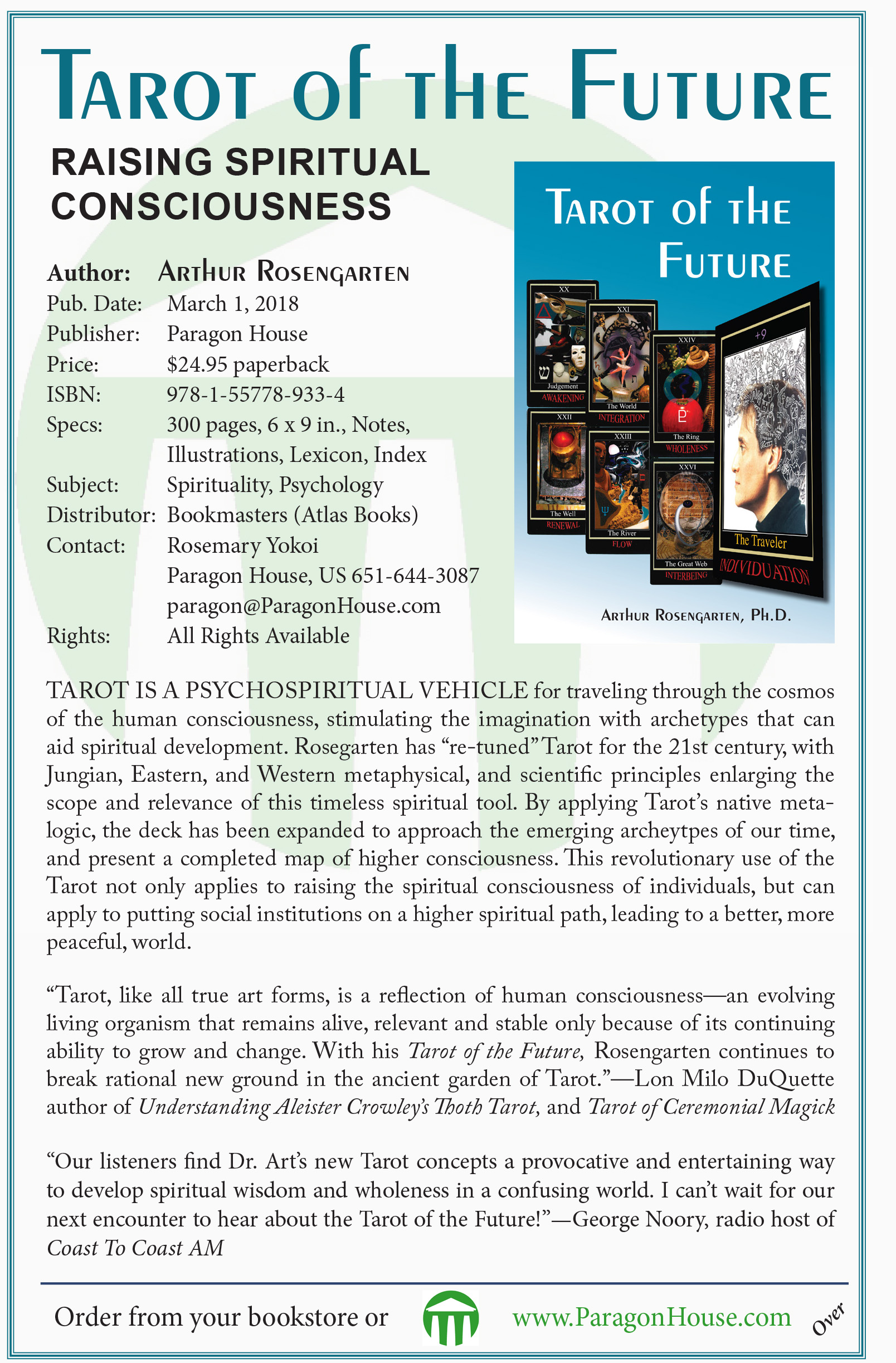
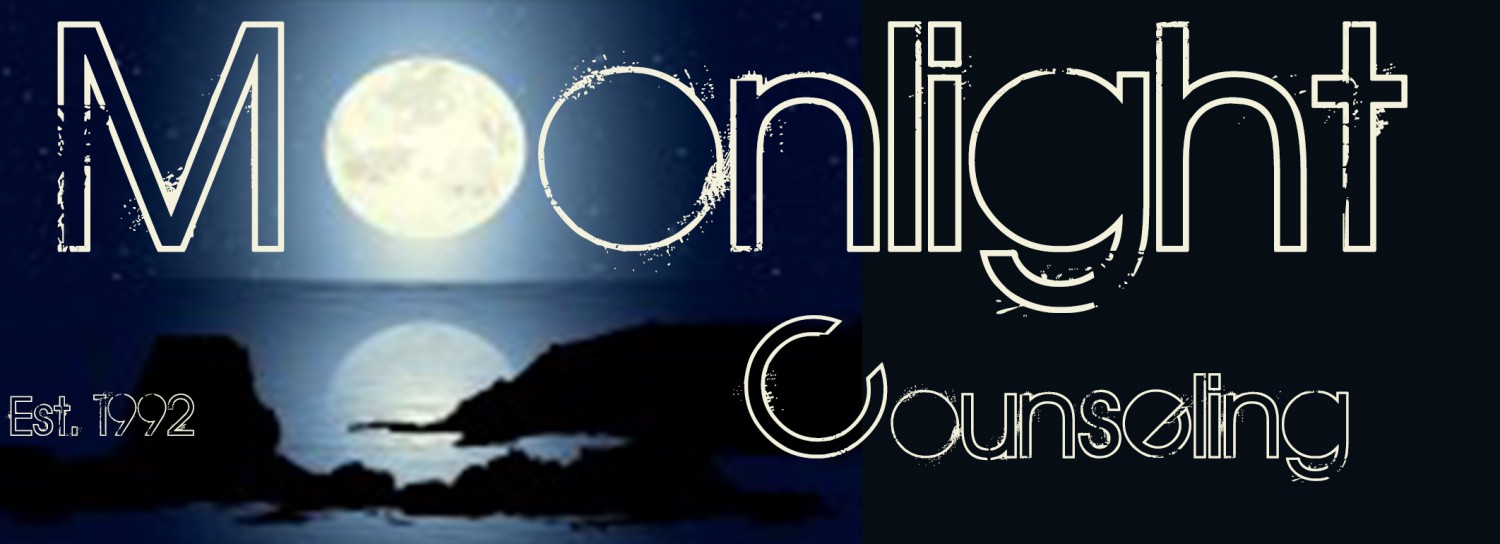
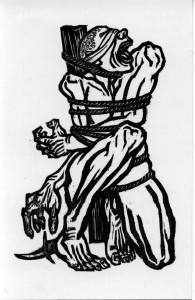
 Tarot cards are said to have originated in mid-15th century Europe and were believed to have been used at that time to play games. Today, they are most associated with divination practices that provide insight into an issue or problem and as a tool to explore the unconscious mind and engage intuition.
Tarot cards are said to have originated in mid-15th century Europe and were believed to have been used at that time to play games. Today, they are most associated with divination practices that provide insight into an issue or problem and as a tool to explore the unconscious mind and engage intuition.